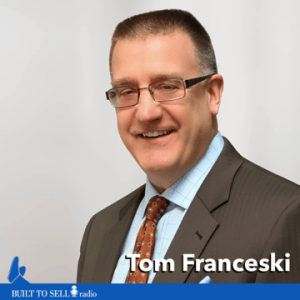About this episode
Tom Franceski and his two partners built DocStar up to 45 employees when they decided to shop the business to some private equity (PE) investors. The PE guys offered four to six times Earnings Before Interest Taxes Depreciation and Amortization (EBITDA), which Franceski deemed low for a fast-growing software company.
To read a transcript of this episode, click here.
In fact, he and his partners wanted at least two times revenue for the business, which they knew they could get when Epicor, a strategic buyer, came knocking. In this episode, you’ll learn:
- Why strategic buyers pay more than financial ones
- The definition of a frictionless acquisition
- How to use a cocktail of seller financing and mezzanine debt to buy a company with little of your own money on the line
- The difference between in- and outbound marketing
- How acquirers secretly evaluate your business without you even knowing they’re sizing you up
Do you know who the natural strategic buyers are for your business? Knowing and courting the strategic acquirers in your industry can be a great way to get a premium for your company. We’ll help you build your short list of strategies in Module 11 of The Value Builder System™—get started free by completing the Value Builder questionnaire.
Check out our article on The Acquisition Entrepreneur.

About Our Guest
Tom Franceski is vice president and general manager of DocStar – (www.docstar.com), a division of Epicor Software Corporation. DocStar’s proven business process automation technology and workflow expertise empowers organizations to operate at peak performance, navigate change, and grow. Prior to DocStar, Tom was the Vice President of Technology Products for Authentidate Holding Corporation for 11 years. Tom holds a BS degree in Accounting from Le Moyne College.


